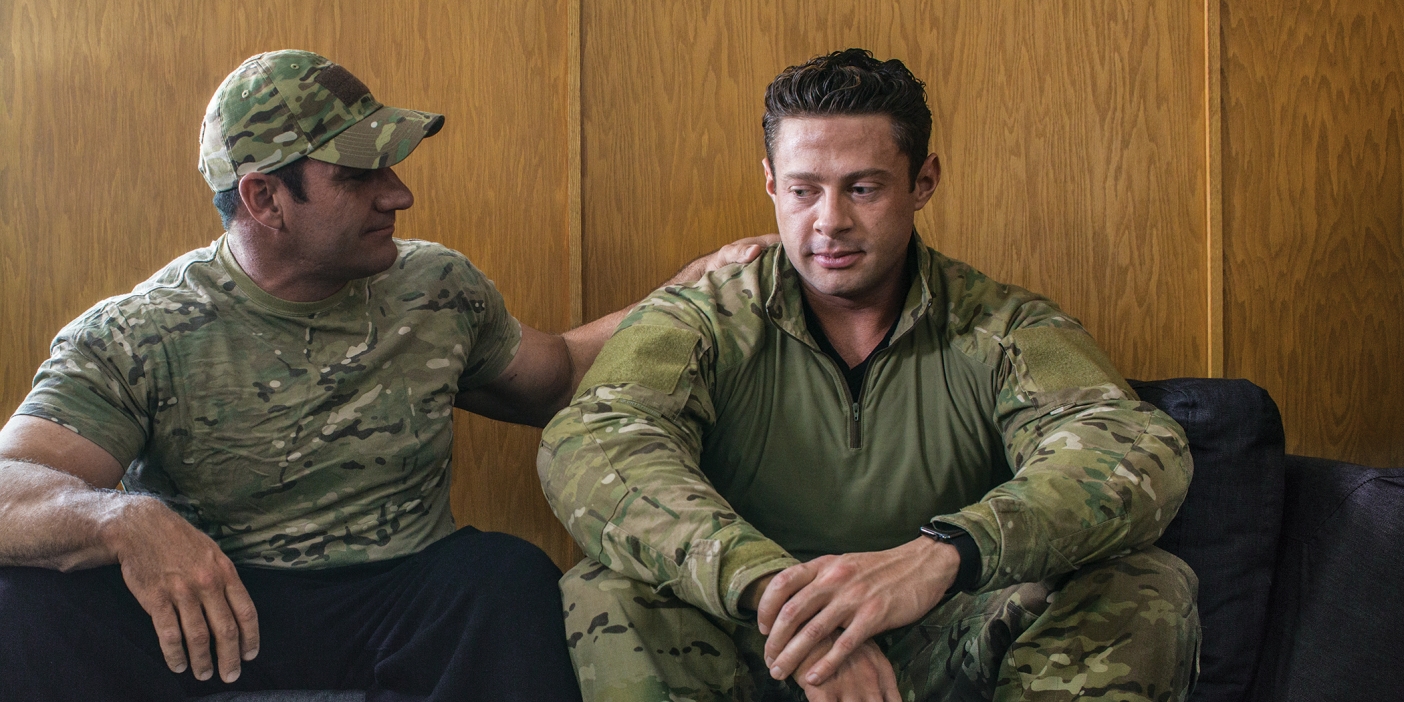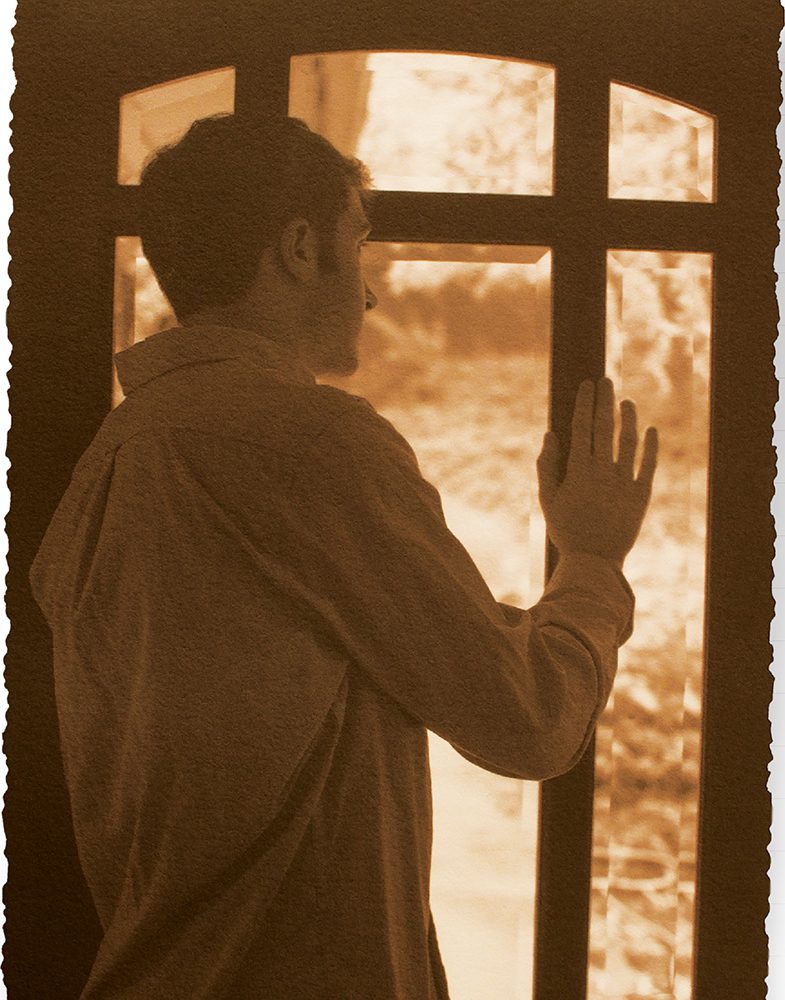All parents should know the signs and how to help.

Sara (name changed) had been a happy, straight-A high school student until, suddenly, she wasn’t. Her parents, both BYU graduates, began to get calls about Sara skipping school and about her plummeting grades. And then came a suicide attempt, hospitalization, counseling, and continuing worry.
One of six children, Sara struggled with several issues, including social isolation in a cliquish high school and uncertainty about her sexual orientation. She had brought up some of this with her parents, and arguments ensued. The relationship soured quickly, giving her parents little opportunity or time to understand how despondent their daughter had become.
“I didn’t realize what was brewing,” says her mother. “I wish I could go back and work harder to keep that relationship open and close. We were stunned when police and an ambulance arrived at our home. We had no idea she was in her room cutting. She decided she didn’t want to die, but she didn’t call us in to help her. She called 911.”
Steven A. Smith (BS ’81, MEd ’83), clinical professor and director of BYU’s Counseling and Psychological Services, has worked with many parents grappling with their child’s suicidal ideation or, less common, with actual suicide attempts or completed suicide. He and assistant clinical professor Klinton E. Hobbs (PhD ’08), who specializes in suicide prevention, want all parents to know the facts around the recent sharp rise in suicide among youth, understand risk factors for suicide, and get suicide-prevention training.
Climbing Suicide Rates
In the United States, suicide is now the second leading cause of death in youth and young adults, behind unintentional injury. (Worldwide, about 1 million people of all ages take their lives each year.) Only a few years ago, suicide was the third leading cause of death in the 15–44 age group.
Utah, where suicides have increased 46.5 percent since 1999, has the nation’s fifth highest suicide rate. Among youth 10–17 in Utah, suicides have tripled since 2007, placing suicide as the number-one cause of death for this age group.
BYU’s Counseling and Psychological Services is aware of seven students who took their lives in the last four years, says Smith.
“Only one of those seven students was being seen in our center,” he says. “That tells us that professional help is important. We know how to treat depression, and we’re good at it. A combination of medication and counseling is very effective.”
The reasons for rising rates in every age group and geographic area are hotly debated among mental-health professionals, but all agree that the trend is alarming.
Completed suicides are only a small part of the full picture, which includes about 1.1 million suicide attempts in the United States each year and countless more people who consider suicide.
Risk Factors and Warning Signs
Most youth or young adults who attempt or complete suicide were feeling isolated and alone, say Smith and Hobbs. This condition is usually not difficult to observe, and it should be taken seriously. Major life crises are also risk factors, such a loved one dying, especially to suicide, or losing a job or a romantic relationship.
A predisposition toward depression is another risk factor. “If a person is already depressed and then any one of these losses is stacked on top of that, suicidal thoughts can escalate quickly,” says Hobbs.
Smith says youth who feel rejected and on the margins of society are also at a higher risk. “Research shows that family rejection places youth and young adults at higher risk for suicide,” says Smith. “Family acceptance of any child is absolutely critical. At the counseling center, we’re mindful of any of our students who feel isolation and rejection. That any of them feel this way is unacceptable.”
“Suddenly acting happy after being depressed for a time can be a signal that a person has made a decision to end his or her life.”
In some cases there are no signs of an impending suicide attempt. But most of the time there are mood shifts or other clues that a parent can watch for. Signs that a person might be planning to take his or her life include giving away prized possessions, withdrawing from family and friends, and talking about suicide. Even suddenly acting happy after being depressed for a time can be a signal that a person has made a decision to end his or her life. The decision can create feelings of relief that the pain will soon end.
Sara was likely influenced by the suicide of her 21-year-old aunt, which occurred a few months before Sara’s attempt, says her mother. “My sister-in-law had been very depressed but was cheerful the day she took her life. Parents shouldn’t be too easily fooled by ‘I’m happy, I’m fine’ expressions.”
The intense danger zone when most suicides occur lasts only a few hours to a few days, so parents and others have a narrow window to intervene.
Prevention
Warm relationships that keep thoughts and feelings out in the open are among the most powerful suicide preventers. “You’re only as sick as your secrets,” says Hobbs. “We tend to hide our difficult feelings, but they need the light of day, which means talking about them.”
Sometimes youth in distress, especially those on the younger end, don’t know how to express what they’re feeling. It’s up to parents and other caring adults to open up conversations, including the tough one about possible suicide ideation. Hobbs believes every parent should be willing to ask the question, “Are you thinking about killing yourself?” Parents tend to shy away from being so direct because they’re afraid of feeling embarrassed if it turns out their child is not suicidal, says Hobbs, but “that leaves those who are suicidal left alone. If you’re not afraid and not ashamed of the question, your children won’t be either.”
Parents might also fear that bringing up the topic could plant the idea of suicide in a child who otherwise wouldn’t consider it. But Hobbs says this notion is a myth. “Overwhelmingly, research says that asking the question is not harmful but preventative.”
Hobbs and Smith would also like to banish the idea that a suicide attempt is sometimes “just a cry for help.” They recommend not trying to evaluate how seriously the person wanted to die. “If a person feels low enough to make a suicidal gesture, the person merits our full attention,” says Hobbs.
He also recommends that every parent get training of some kind. With the rise in suicide rates, suicide education and prevention programs are proliferating. The Question, Persuade, Refer (QPR) program has become widely available and popular because it is short (1 to 1.5 hours) and inexpensive. (See sidebar.)
Hope for Healing
Today, Sara is doing better, though not as well as her parents wish. She lives on her own and has a good job and seems happier, but her parents worry that she continues to feel depressed much of the time and self-medicates with alcohol. Sara’s mother says that she wishes she had shown more unconditional love to her daughter.
“She was struggling with some things that I thought shouldn’t have been a struggle, and I expressed my disagreement rather than simply support her. If I could go back, I would show more understanding, more empathy, and more compassion—just compassion for her struggle.”
Sidebar: Get Help
Don’t feel like you know where to start to help someone considering suicide? You’re not alone. Fortunately, suicide-prevention training is available both in person and online. Hobbs recommends in-person training if possible, but he says any training at all is better than none. Parents might consider posting these resources on their fridge or in another convenient place. Even if none of their children ever needs the resources, someone visiting the home might.
Question, Persuade, Refer: The simplicity of QPR’s three steps is appealing to many. For individual and group options, visit QPRInstitute.com.
National Suicide Prevention Lifeline: 1-800-273-8255 or text 741741
Many youth prefer texting over talking on the phone. If they’re in crisis of any kind, not necessarily suicidal, they can text any word or words to 741741 and be connected to a crisis counselor 24/7. Chat is also available at SuicidePreventionLifeline.org.
Church Resources: The Mormonandgay.lds.org website notes that “people who experience same-sex attraction or identify themselves as gay may be at higher risk for depression or suicide. People who are depressed or who may be contemplating suicide need to know they are loved and should be referred to a competent mental health professional. Additional resources addressing suicide can be found at preventingsuicide.lds.org.”
Sue Bergin is a writer and Marriott School adjunct instructor.












